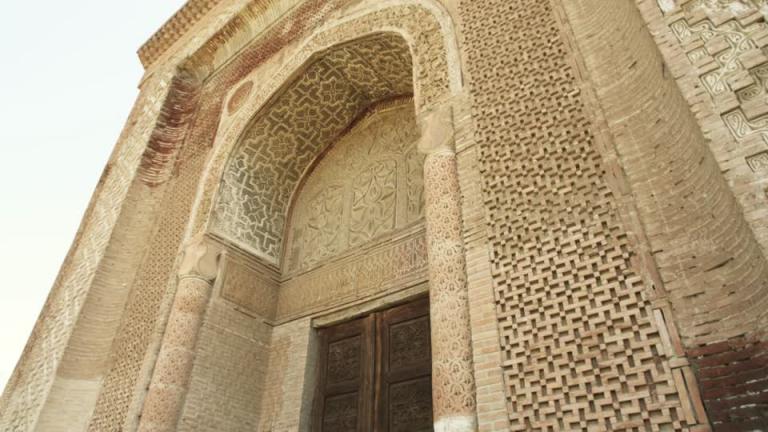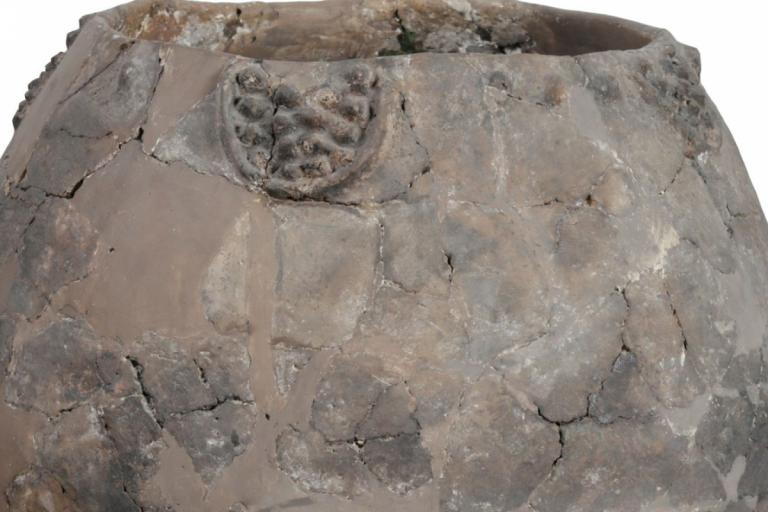Gus Tomb
2 min readThe Gus Tomb, located in the western suburb of today’s Hami city, is also known as “Sage’s Tomb”and “Green Hogback”. According to the legend, at the invitation of Emperor Tai Zong Lee Shimin, Mohammed who was the prophet of Islam dispatched his followers Gus, Wuwaisi and Wangasi to come to China to preach Islam during the reign of Emperor Tai Zong. Wangasi died of illness in Guangzhou, and then Gus and Wuwaisi arrived in Chang’ an and were welcomed by Emperor Tai Zong.

On their way home, Wuwaisi also died of illness in the Huihuibao of the Hexi Corridor, and Gus died in Hsing-hsing Hsia in the ninth year of the reign of Emperor Tai Zong(635) and was buried hastily. Later on, the Hami Khanate Prince sent people to construct a hogback for Gus. The hogback was destroyed later. And today’s Gus Tomb was built by the Muslims in Hami in 1939, with the remains of Gus moved from Hsing-hsingThe Gus Tomb is an Islamic building, sitting north and facing south.

It is a wooden structure like the pavilion about 10m high with the square bottom and an arch round roof top which is inlaid with green vitreous tiles with veranda eaves around, integrating the Uyghur style with the Han style. The scale of the tomb is not large, but it is famous because that it’s the place where the sage was buried. Many Muslims who were unable to go to Mecca for pilgrimage come here to pay religious homage in succession.









